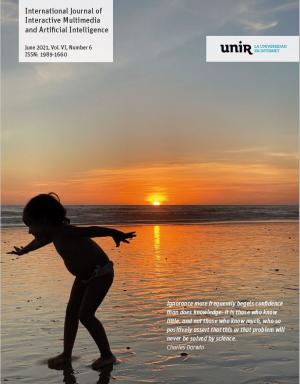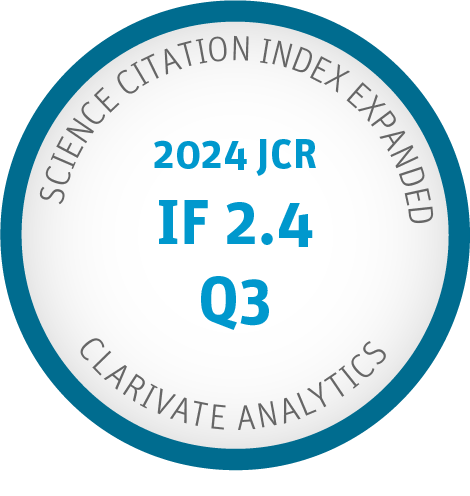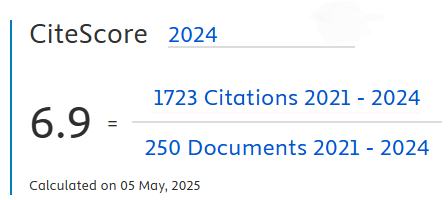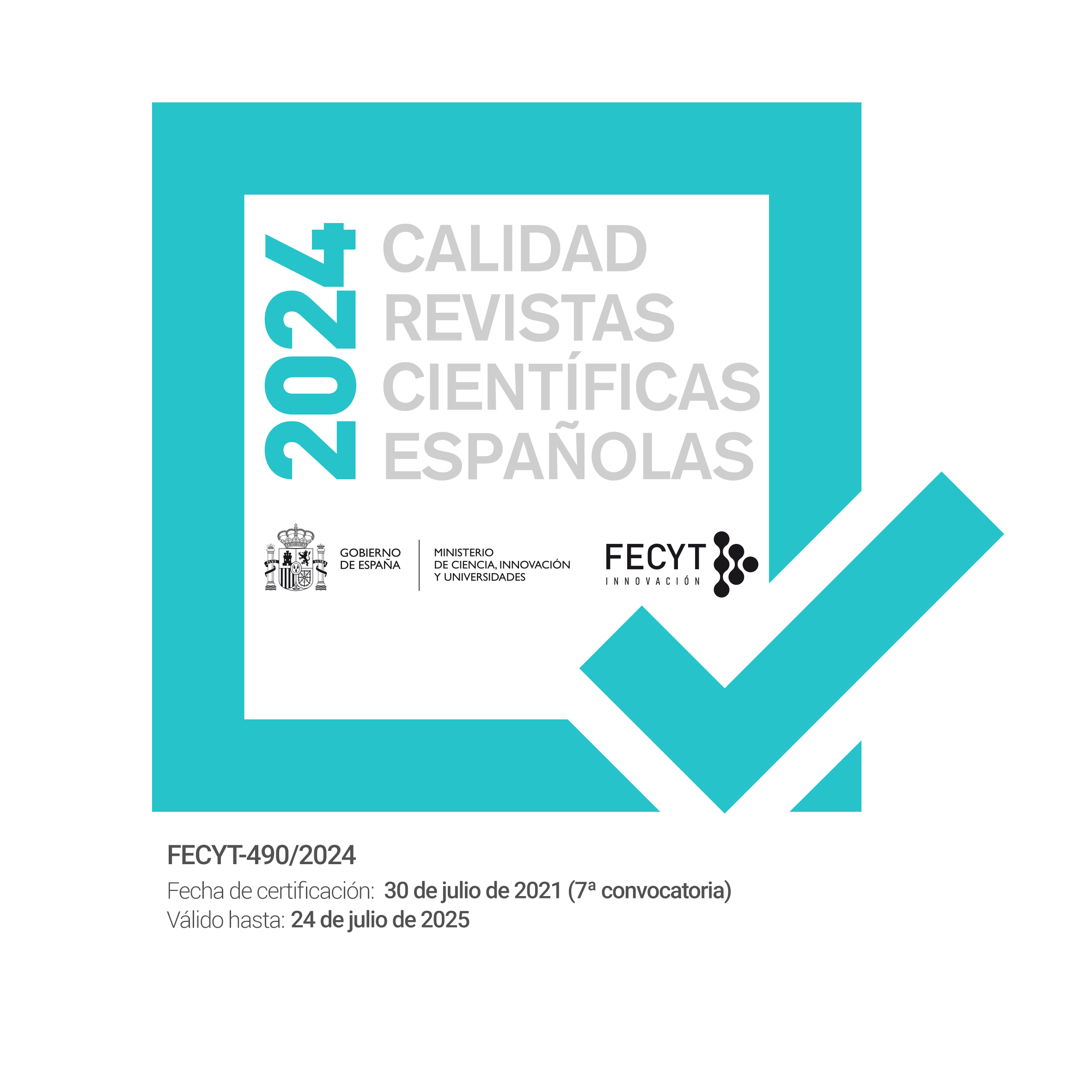Machine Learning Classifier Approach with Gaussian Process, Ensemble boosted Trees, SVM, and Linear Regression for 5G Signal Coverage Mapping.
DOI:
https://doi.org/10.9781/ijimai.2021.03.004Keywords:
Propagation Loss, Received Signal Strength Indicator (RSSI), Radio, Machine Learning, Classification, Support Vector Machine, 5GAbstract
This article offers a thorough analysis of the machine learning classifiers approaches for the collected Received Signal Strength Indicator (RSSI) samples which can be applied in predicting propagation loss, used for network planning to achieve maximum coverage. We estimated the RMSE of a machine learning classifier on multivariate RSSI data collected from the cluster of 6 Base Transceiver Stations (BTS) across a hilly terrain of Uttarakhand-India. Variable attributes comprise topology, environment, and forest canopy. Four machine learning classifiers have been investigated to identify the classifier with the least RMSE: Gaussian Process, Ensemble Boosted Tree, SVM, and Linear Regression. Gaussian Process showed the lowest RMSE, R- Squared, MSE, and MAE of 1.96, 0.98, 3.8774, and 1.3202 respectively as compared to other classifiers.
Downloads
References
Y. C. Hu, M. Patel, D. Sabella, N. Sprecher, V. Young, “Mobile edge computing-A key technology towards 5G,” in ETSI White Paper, vol. 11, no. 11, pp. 1–16, Sept. 2015, ISBN No. 979-10-92620-08-5.
K. Cichon, H. Bogucka, G. Molis, J. Adamonis, T. Krilavicius, “Learning and detection mechanisms of spectral-activity information towards energy efficient 5G communication,” Baltic URSI Symposium (URSI), Poznan, Poland, May 2018, doi: 10.23919/URSI.2018.8406715.
Y. Liu, Y. Zhang, R. Yu, S. Xie, “Integrated energy and spectrum harvesting for 5G wireless communications,” in IEEE Network, vol. 29, no. 3, pp. 75–81, 2015, doi: 10.1109/MNET.2015.7113229.
J. Kim, A. F. Molisch, “Fast millimeter-wave beam training with receive beamforming,” in Journal of Communications and Networks, vol. 16, no. 5, pp. 512–522, Oct. 2014, doi: 10. 1109/JCN.2014.000090.
E. Balevi, R. D. Gitlin, “Unsupervised Machine Learning in 5G Networks for Low Latency Communications,” in proc. IEEE 36th international Performance computing and communication conference (IPCCC), ISSN: 2374-9628, pp. 1-2, 2017, doi: 10.1109/PCCC.2017.8280492.
T. Bogale, X. Wang, L. Le, “Machine Inteligence Techniques for Next-Generation Context-Aware Wireless Network,” in ITU Journal: ICT Discoveries, vol. no. 1, pp. 1-11, Feb. 2018, doi: arXiv:1801.04223.
W. Lee, “Mobile Communication Design Fundamentals”, New York, John Wiely&Sons, 1993.
B. Li, Z. Fei, Y. Zhang, “UAV Communications for 5G and Beyond: Recent Advances and Future Trends,” in IEEE Internet of Things Journal, vol. 6, no. 2, pp. 2241–2263, April 2019, doi: 10.1109/JIOT.2018.2887086.
P. Antonia, A. Markos, T. Anna, S. Dimitra, “Provisioning of 5G services employing machine learning techniques,” in International Conference on Optical Network Design and Modeling (ONDM) Dublin, Ireland, May 2018, doi: 10.23919/ONDM.2018.8396131.
C. Jiang, H. Zhang, Y. Ren, Z. Han, K. C. Chen, L. Hanzo, “Machine learning paradigms for next-generation wireless networks,” IEEE Wireless Communications., vol. 24, no. 2, pp. 98–105, 2017, doi: 10.1109/MWC.2016.1500356WC.
P. V. Klaine, M. A. Imran, O. Onireti, R. D. Souza, “A survey of machine learning techniques applied to self-organizing cellular networks,” in IEEE Communications Surveys and Tutorials, vol. 19, no. 4, pp. 2392–2431, 2017, doi: 10.1109/comst.2017.2727878.
E. Bjorn, “Machine learning for beam based mobility optimization in NR,” Master of Science dissertation, Department of Electrical Engineering, Linkoping University, Linkoping, Sweden, 2017.
D. Krajzewicz, J. Erdmann, M. Behrisch, L. Bieker, “Recent development and applications of SUMO - Simulation of Urban Mobility,” in International Journal On Advances in Systems and Measurements, vol. 5, no. 3&4, pp. 128–138, Dec. 2012, doi: 10.1.1.671.2113.
J. G. Carbonell, R. S. Michalski, T. M. Mitchell, “An overview of machine learning,” in book Machine learning, vol. 1, pp. 3-23, Elsevier Inc. 1983, doi: https://doi.org/10.1016/bs.host.2018.07.004
M. Bkassiny, Y. Li, S. K. Jayaweera, “A survey on machine-learning techniques in cognitive radios,” in IEEE Communications Surveys & Tutorials, vol. 15, no. 3, pp. 1136–1159, Oct. 2013, doi: 10.1109/SURV.2012.100412.00017.
S. Osvaldo, “A Very brief introduction to machine learning with applications to communication systems,” IEEE Transactions on Cognitive Communications and Networking, vol. 4, no. 4, pp. 648-664, Dec. 2018, doi: 10.1109/TCCN.2018.2881442.
H. Hajar, G. Mounir, Z. Syed, “A Machine Learning Approach to Predicting Coverage in Random Wireless Networks,” in IEEE Globecom Workshops, pp. 1-6, 2018, doi: 10.1109/GCWkshps43968.2018.
G. Amir, “Data-driven prediction of cellular networks coverage: an interpretable machine-learning model,” in 2018 IEEE Global Conference on Signal and Information Processing (GlobalSIP), pp. 604-608, 2018, doi: 10.1109/GlobalSIP.2018.8646338.
R. Janne,M. Petri, “Machine learning for performance prediction in mobile cellular networks,” in IEEE Computational Intelligence Magazine, pp. 51-60, vol 13, Issue:1,2018, doi: 10.1109/MCI.2017.2773824.
H. Braham, S. B. Jemaa, G. Fort, E. Moulines, B. Sayrac, “Fixed rank kriging for cellular coverage analysis,” IEEE Transaction Vehicular Technology, vol. 66, no. 5, pp. 4212–4222, May 2017. doi: 10.1109/TVT.2016.2599842.
O. Carlos, Z. Ziran, W. Thomas, G. Steven, “A Machine-Learning based connectivity model for complex terrain large-scale low-power wireless deployments,” IEEE Transactions on Cognitive Communications and Networking (Vol. 3, No. 4, Dec. 2017). doi: 10.1109/TCCN.2017.2741468.
R. Nihesh, S. Renu, S. Rajesh, “Coverage estimation in outdoor heterogeneous propagation environments,” in IEEE Access, vol. 8, pp. 31660–31673, doi: 10.1109/ACCESS.2020.2972811.
Z. Zhimeng, Z. Jianyao, L. Chao, “Outdoor-to-Indoor channel measurement and coverage analysis for 5G typical spectrums,” in International Journal of Antennas and Propagation, Vol. 2019, pp. 1-10, doi: 10.1155/2019/3981678.
V. Kristem, S. Sangodoyin, C. U. Bas, “3D MIMO outdoor-to-indoor propagation channel measurement,” IEEE Transactions on Wireless Communications, vol. 16, no. 7, pp. 4600–4613, 2017.
W. Hai, X. Su, L. Ke, M. Omair, “Big data-driven cellular information detection and coverage identification” in sensor journal, vol. 19, no. 4, pp. 937-942, 2019, doi: 10.3390/s19040937.
K. Aldebaro, B. Pedro, G. Nuria, W. Yuyang, H. Robert, “5G MIMO data for machine learning: application to beam-selection sing deep learning,” in Information Theory and Applications Workshop (ITA), San Diego, CA, USA, October 2018, doi: 10.1109/ITA.2018.8503086.
B. Tadilo, B. Long, “Massive MIMO and mmWave for 5G wireless HetNet: potential benefits and challenges,” IEEE Vehicular Technology Magazine, vol. 11, no. 1, pp. 64–75, March 2016, doi: 10.1109/MVT.2015.2496240.
M. Deussom, E. Tonye, “New propagation model optimization approach based on Particles Swarm Optimization algorithm,” in International Journal of Computer Applications, vol. 118, no. 10, pp. 39-47, 2015, doi: 10.5120/20785-3430.
W. Chao, J. Shi, W. Kai-Kit, C. Jung, T. Pangan, “Channel estimation for massive MIMO using gaussian-mixture bayesian learning,” in IEEE Transaction Wireless Communication, vol. 14, no. 3, pp. 1356–68, Mar. 2015, doi: 10.1109/TWC.2014.2365813.
S. Sun, “Path loss models for 5g urban micro- and macro-cellular scenarios,” in 2016 IEEE VTC-Spring 2016, May 2016. [Online]. Available: http://arxiv.org/abs/1511.07311
M. Hall, “Radiowave propagation effects on next-generation fixed-services terrestrial telecommunication systems,” European Cooperation in Science and Technology (COST), Tech. Rep. ICT COST Action 235, 1996.
A. Gupta, S. Sharma, S. Vijay, V. Gupta, “Secure path loss prediction using fuzzy logic approach,” in 2008 Fourth International Conference on Wireless Communication and Sensor Networks, Allahabad, India, Dec. 2008, doi: 10.1109/WCSN.2008.4772717.
J. Azevedo, F. Santos, “An empirical propagation model for forest environments at tree trunk level,” IEEE Transactions on Antennas and Propagation, vol. 59, no. 6, pp. 2357–2367, 2011.
I. T. U. (ITU), “Influence of terrain irregularities and vegetation on tropospheric propagation,” in CCIR XVth Plenary Assembly, vol. V: Propagation in Non-Ionised Media, no. ITUR Report 236-6, Dubrovnik, Croatia, 1986.
S. Kim, B. Guarino, T. Willis, V. Erceg, S. Fortune, R. Valenzuela, L. Thomas, J. Ling, J. Moore, “Radio propagation measurements and prediction using three-dimensional ray tracing in urban environments at 908 MHz and 1. 9 GHz,” in IEEE Transactions on Vehicular Technology, vol. 48, no. 3, pp. 931–946, May 1999, doi: 10.1109/25.765022.
E. Alpaydm, “Introduction to Machine Learning,” 3rd edition, The MIT Press, Cambridge, Massachusetts, 2014.
S. Maghsudi, S. Stanczak, “Channel selection for network assisted D2D communication via no-regret bandit learning with calibrated forecasting,” in IEEE Transactions on Wireless Communications, vol. 14, no. 3, pp. 1309–22, 2015, doi: 10.1109/TWC.2014.2365803.
V. Gupta, S. Sharma, M. Bansal, “Fringe area path loss correction factor for wireless communication,” in International Journal of Recent Trends in Engineering, vol. 1, no. 2, pp. 30-32, May 2009, ISSN (online): 2455–1457.
T. Shea, J. Hoydis, “An Introduction to Deep Learning for the Physical Layer,” in IEEE Transactions on Cognitive Communications and Networking, vol. 3, no. 4, pp. 563–575, 2017, doi: 10.1109/tccn.2017.2758370.
Y. LeCun, Y. Bengio, G. Hinton, “Deep learning,” in Nature, vol. 521, pp. 436–444, 2015, doi: 10.1038/nature14539.
R. Atallah, C. Assi, M. Khabbaz, “Deep reinforcement learning-based scheduling for roadside communication networks,” in Proceeding of International Symposium on Modeling and Optimization in Mobile, Ad Hoc, and Wireless Networks (WiOpt), Paris, France, pp. 1–8, May 2017, doi: 10.23919/wiopt.2017.7959912.
T. Wang, C. Wen, H. Wang, F. Gao, T. Jiang, S. Jin, “Deep learning for wireless physical layer: Opportunities and challenges,” in Journal China Communications, vol. 14, no. 11, pp. 92-111, Nov. 2017, doi: 10.1109/CC.2017.8233654.
R. Schapire, “The boosting approach to machine learning: An overview,” in book Nonlinear Estimation and Classification, pp. 149–171, Springer, New York, NY, 2003, doi: 10.1007/978-0-387-21579-2.
M. Prasad, L. Iverson, A. Liaw, “Newer classification and regression tree techniques: bagging and random forests for ecological prediction,” in Springer International journal Ecosystems, vol. 9, no. 2, pp. 181-199, 2006, doi: 10.1007/s10021-005-0054-1.
T. Shea, T. Erpek, T. C. Clancy, “Deep learning based MIMO communications,” CoRR, vol. abs/1707. 07980, 2017. [Online]. Available: http://arxiv.org/abs/1707.07980
W. Loh, “Classification and regression trees,” Wiley Interdisciplinary Reviews: Data Mining and Knowledge Discovery, vol. 1, no. 1, pp 14–23, 2011, doi: 10.1002/widm.8.
S. Salous, J. Kim, M. Sasaki, W. Yamada, X. Raimundo, A. Cheema, “Radio propagation measurements and modeling for standardization of the site general path loss model in International Telecommunications Union (ITU) recommendations for 5G wireless networks,” In Radio Science Journal, (2020). vol 55, no. 1, Jan. 2020, doi: 10.1029/2019RS006924.
S. Pattanayak, “A genetically trained neural network for prediction of path loss in outdoor microcell,” in International Journal of Advanced Research in Engineering and Technology (IJARET), vol. 11, no. 4, pp. 346-351, 2020, doi: https://ssrn.com/abstract=3599786.
A. Akinbolati, M. Ajewole, “Investigation of path loss and modeling for digital terrestrial television over Nigeria,” in International Journal, Heliyon, 2020 Jun, vol. 6, no. 6, doi: 10.1016/j.heliyon.2020.e04101.
Downloads
Published
-
Abstract190
-
PDF32









